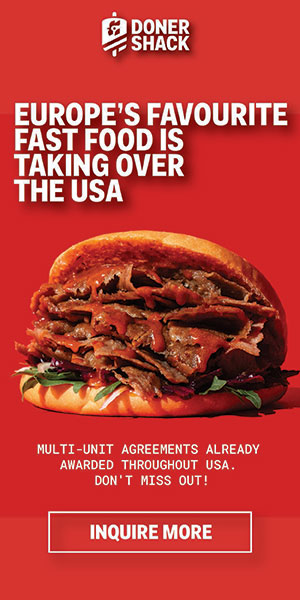Transparency Can Help Businesses Manage Customer Expectations

Today, businesses are operating with a set of unconventional circumstances. There are a few obstacles nearly every business has in common: staff shortages and supply chain issues. As a result, both are significantly contributing to why overall customer satisfaction is at its lowest point in 15 years.
While both factors may be out of the companies’ control for the short term, it does not have to ruin the customer’s experience and satisfaction. By being totally transparent with your customers and managing their expectations up front, your customers will have a great deal more empathy and patience for your situation.
Managing Customer Expectations
Recently, I had two dining experiences at two different restaurants, however one left me extremely frustrated while the other was a pleasant experience. I was furious with the first restaurant experience because we waited an unusual amount of time for our meals to come to our table. When I asked our server, she said they should be right out. I irritably responded, “Please just box them up and bring the check.”
The next time we went out to dinner, both the hostess and server mentioned that they were currently short-staffed in the kitchen, experiencing abnormally longer times to get the meals out to the tables, and they were extremely sorry for any inconvenience this may cause. I responded, “I totally understand, that is OK, we are perfectly fine enjoying some wine and in no hurry.” The food eventually came, and we enjoyed it and left happy. When I thought about it afterwards, both restaurants delivered our food in about the same amount of time. However, because the staff at the second restaurant was transparent and apologetic, it made us extremely understanding.
Out of Stock
Dave Murray, The DiJulius Group’s senior customer experience consultant, shared with me a story about how one of his clients, a product manufacturer, was having a dramatic increase in customer (retailer) complaints because of their supply chain shortages. After digging deeper into the situation, Dave found out that the customers were not made aware of their out-of-stock orders until they received their shipments and found missing products in their order and then saw “out of stock” on the packaging slip. This was a point of frustration for the manufacturer’s customer (retailer) because they had promised their consumers they would have their products for them.
Once Dave helped them create a non-negotiable system that would immediately alert the retailers about any products that were out-of-stock when they were ordered, rather than when it was received, customer complaints went down dramatically.
How can your business better manage customer expectations by being totally transparent with your customer base?
John R. DiJulius III, author of The Customer Service Revolution, is president of The DiJulius Group, a customer service consulting firm that works with companies including Starbucks, Chick-fil-A, Ritz-Carlton, Nestle, PwC, Lexus, and many more. Contact him at 216-839-1430 or [email protected].
Share this Feature
Recommended Reading:
| ADVERTISE | SPONSORED CONTENT |
FRANCHISE TOPICS
- Multi-Unit Franchising
- Get Started in Franchising
- Franchise Growth
- Franchise Operations
- Open New Units
- Franchise Leadership
- Franchise Marketing
- Technology
- Franchise Law
- Franchise Awards
- Franchise Rankings
- Franchise Trends
- Franchise Development
- Featured Franchise Stories
| ADVERTISE | SPONSORED CONTENT |

$150,000
$500,000





 The multi-unit franchise opportunities listed above are not related to or endorsed by Multi-Unit Franchisee or Franchise Update Media Group. We are not engaged in, supporting, or endorsing any specific franchise, business opportunity, company or individual. No statement in this site is to be construed as a recommendation. We encourage prospective franchise buyers to perform extensive due diligence when considering a franchise opportunity.
The multi-unit franchise opportunities listed above are not related to or endorsed by Multi-Unit Franchisee or Franchise Update Media Group. We are not engaged in, supporting, or endorsing any specific franchise, business opportunity, company or individual. No statement in this site is to be construed as a recommendation. We encourage prospective franchise buyers to perform extensive due diligence when considering a franchise opportunity.